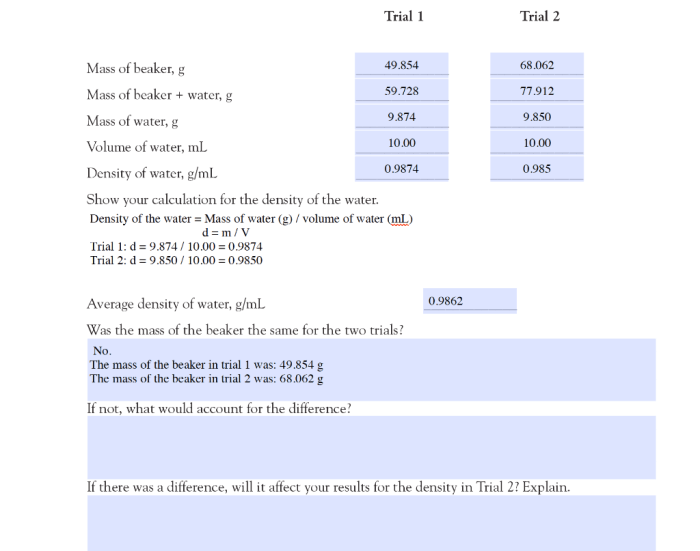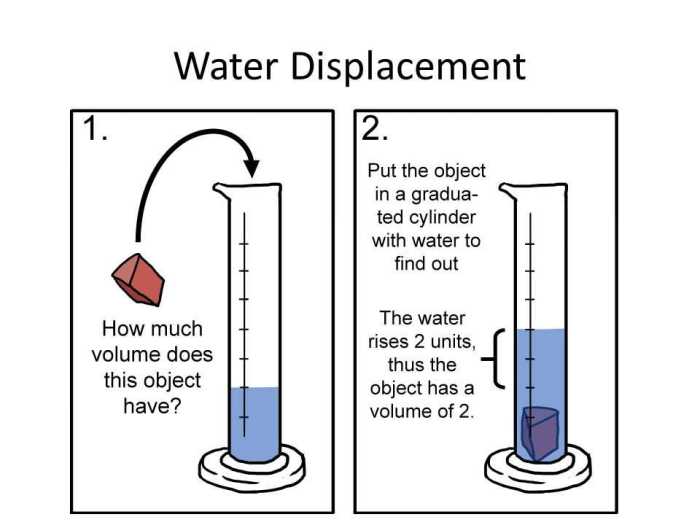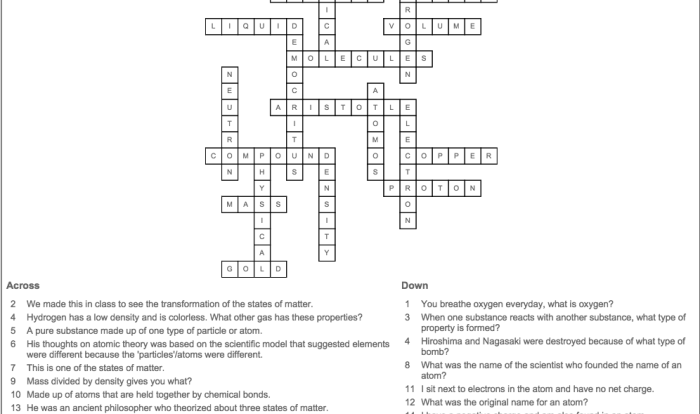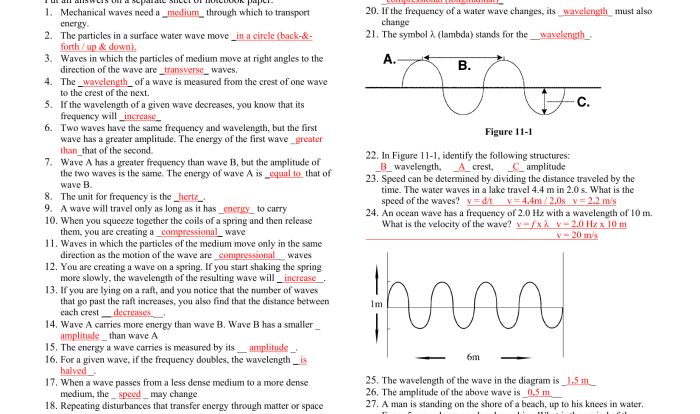Determining density by water displacement gizmo answers is a fundamental concept in science that finds applications in diverse fields. This method provides an accurate and reliable means of calculating the density of an object, making it a valuable tool for researchers, students, and professionals alike.
The water displacement method involves submerging an object in water and measuring the volume of water displaced. By knowing the mass of the object and the volume of water displaced, the density can be calculated using the formula: density = mass/volume.
This method is simple to perform and requires minimal equipment, making it accessible for various experimental settings.
1. Introduction

Density, a fundamental physical property, is defined as the mass per unit volume of a substance. It plays a crucial role in various fields, including physics, chemistry, engineering, and materials science. Determining density accurately is essential for understanding the behavior and properties of materials.
Accurate density measurements are critical for quality control in industries such as manufacturing, pharmaceuticals, and food processing. In scientific research, precise density data enables the characterization and comparison of materials, facilitating advancements in fields like nanotechnology and biotechnology.
2. Water Displacement Method

The water displacement method is a common and straightforward technique for determining the density of solid objects. It involves immersing an object in a graduated cylinder filled with water and measuring the change in water level.
Materials and Equipment:
- Graduated cylinder
- Water
- Solid object of unknown density
- Balance or scale
3. Procedure

Step-by-Step Procedure:
- Measure the initial volume of water in the graduated cylinder (Vi).
- Carefully place the object into the water, ensuring it is fully submerged.
- Record the new water level (V f).
- Remove the object and dry it thoroughly.
- Measure the mass of the object (m).
Calculating Density:
The density (ρ) of the object can be calculated using the formula:
ρ = m / (Vf
Vi)
where:
- ρ is the density in grams per cubic centimeter (g/cm 3)
- m is the mass of the object in grams (g)
- V fis the final volume of water in cubic centimeters (cm 3)
- V iis the initial volume of water in cubic centimeters (cm 3)
4. Data Analysis: Determining Density By Water Displacement Gizmo Answers

The calculated density provides valuable information about the object’s composition and properties. It can be compared to known densities of different materials to identify the object’s material composition.
Sources of Error:
- Inaccurate measurement of water volume
- Incomplete submersion of the object
- Air bubbles trapped on the object’s surface
Minimizing Error:
- Use a graduated cylinder with precise markings.
- Submerge the object completely and gently tap it to release any trapped air.
- Repeat the experiment multiple times to obtain an average density value.
5. Applications
The water displacement method finds applications in various fields:
- Geology:Determining the density of rocks and minerals for geological characterization.
- Chemistry:Identifying unknown substances based on their density.
- Materials Science:Evaluating the density of materials for quality control and research purposes.
- Pharmaceuticals:Ensuring the correct density of tablets and capsules for drug delivery.
- Food Processing:Monitoring the density of food products for quality and safety.
FAQ Resource
What is the significance of accurately determining density?
Accurately determining density is crucial in various fields, including material characterization, quality control, and scientific research. It allows researchers to identify and differentiate materials, assess their purity, and understand their behavior under different conditions.
What are some potential sources of error in the water displacement method?
Potential sources of error in the water displacement method include air bubbles trapped in the object, inaccurate measurement of water volume, and temperature fluctuations. To minimize errors, it is essential to ensure the object is completely submerged, use a graduated cylinder with precise markings, and maintain a constant temperature during the experiment.

